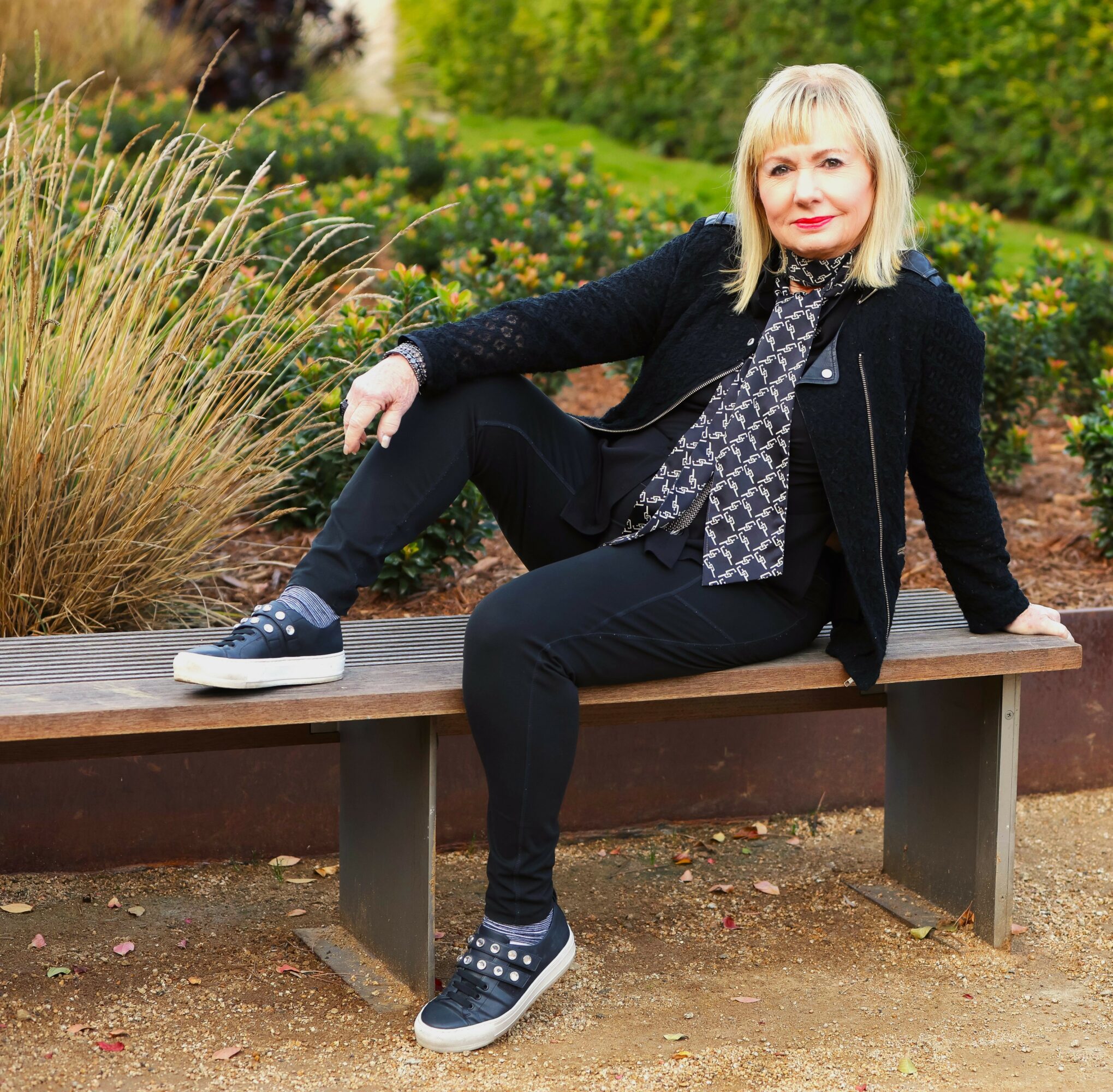

Ellen Greenberg shared her story and experiences with us recently and you can find our conversation below.
Good morning Ellen, we’re so happy to have you here with us and we’d love to explore your story and how you think about life and legacy and so much more. So let’s start with a question we often ask: What do the first 90 minutes of your day look like?
The first 90 minutes of my day are a blend of ritual and roulette. I sip strong tea like it’s a sacred potion, hoping it’ll grant me the clarity to distinguish spam from actual tour requests. My inbox is a surrealist gallery—one moment I’m fielding vendor quotes, the next I’m being offered $1 million by strangers with suspicious generosity. I toggle between poetic prize ideas and the Getty’s reservation system, praying the gods of timed–entry smile upon me. Canva tabs bloom like modernist mosaics, and somewhere between the tea and the to-do list, I start choreographing the day’s sensory arc. It’s not exactly Zen—but it’s definitely curated.
Can you briefly introduce yourself and share what makes you or your brand unique?
I’m Ellen, founder of Quick Culture, where every tour is custom-curated to spark delight. I design immersive experiences that blend intellectual depth with playful detail—whether it’s handing out recreations of da Vinci’s eye-brain anatomical drawings on rag paper to neuro-ophthalmologists or letting kids feel real samples of marble to connect with a Bernini sculpture from the 1600s.
At The Getty, I give guests a breather with a panoramic view of Los Angeles— where they can see downtown in the distance, the Pacific shimmering beyond—and use da Vinci’s atmospheric perspective. Living art that compares the “sfumato” hazy Los Angeles downtown skyline with the crisp foreground of the cactus garden. We even hunt for fossils in the travertine stone that is used in Richard Meier’s architecture. It’s not just a tour—it’s a story you get to touch.
Great, so let’s dive into your journey a bit more. What breaks the bonds between people—and what restores them?
Expectation without empathy. We get tangled in assumptions—how someone should behave, respond, show up—and when they don’t, the thread frays. The best advice I ever got was to lower my expectations just enough to leave room for surprise. It’s amazing how often people rise to the occasion when you stop scripting their lines.
What restores those bonds? Feeling seen. As Maya Angelou said (and I paraphrase with reverence): you may not remember what someone said, but you’ll remember how they made you feel. That’s my north star when I lead a tour. If someone asks a question I don’t know the answer to, I never pretend. I honor the moment, admit it, and invite curiosity. I ask the same of my guides. Because honesty builds trust—and trust is the architecture of connection.
What fear has held you back the most in your life?
For years, I believed that because I couldn’t draw worth a damn, I couldn’t be an artist. I thought shaky lines meant shaky credentials. But a dear friend—an accomplished artist—once told me, “Creativity doesn’t always reach the hand.” That changed everything. I realized my gift wasn’t in rendering, it was in imagining and storytelling. My creative juices were flowing just fine—they just preferred words, textures, pacing, and surprise.
I’m now working on writing a series of children’s book that’s educational, artful, and always ends with a moral. It introduces young readers to great artists and artworks across centuries—but I know I won’t be illustrating it myself. Years ago, that would’ve stopped me cold. Now? I see it as a collaboration waiting to happen. Creativity isn’t a solo act—it’s a chorus.
Alright, so if you are open to it, let’s explore some philosophical questions that touch on your values and worldview. Is the public version of you the real you?
Yes, the public version of me is the real me—curious, expressive, and always tuned in to the people around me. I genuinely enjoy meeting others, hearing how they think, and watching ideas spark in conversation. Most of my friends are intuitive enough to read me like a mood board. They’ll say, “You’re not yourself today—what’s wrong?” And they’re usually right. Sometimes I talk it through; other times I let the feelings steep like a good cup of tea. But I never pretend to be someone I’m not. At the end of the day, I’m just me—dog-tired, glass of wine in hand, unwinding with a sigh and a smile. It’s always wine o’clock somewhere!
Okay, so let’s keep going with one more question that means a lot to us: What will you regret not doing?
Learning another language fluently and living abroad long enough to feel like a local. I’ve always craved that kind of cultural immersion—the kind where even grocery shopping feels like a field trip. I also regret not being more present during my kids’ early years. I was busy making a living, and while I’ve always loved what I do—from art direction and costume design in film to curating tours at The Getty Center and Villa (and soon, LACMA!)—those years flew by. My kids are grown now, and I can’t rewind time, but I can pour that love into the work I create.
In addition to the children’s books, I’m pitching a miniseries about one of the most fascinating, little-known chapters in American cultural history: how the CIA used modern art as a Cold War weapon to fight Communism after WWII. Turns out, Abstract Expressionism wasn’t just about paint—it was about politics.
So yes, there are things I’ll regret not doing. But I’m still doing plenty—and the story’s far from over.
Contact Info:
- Website: https://www.quickculture.com
- Facebook: Ellen Canter Greenberg
- Yelp: Quick Culture
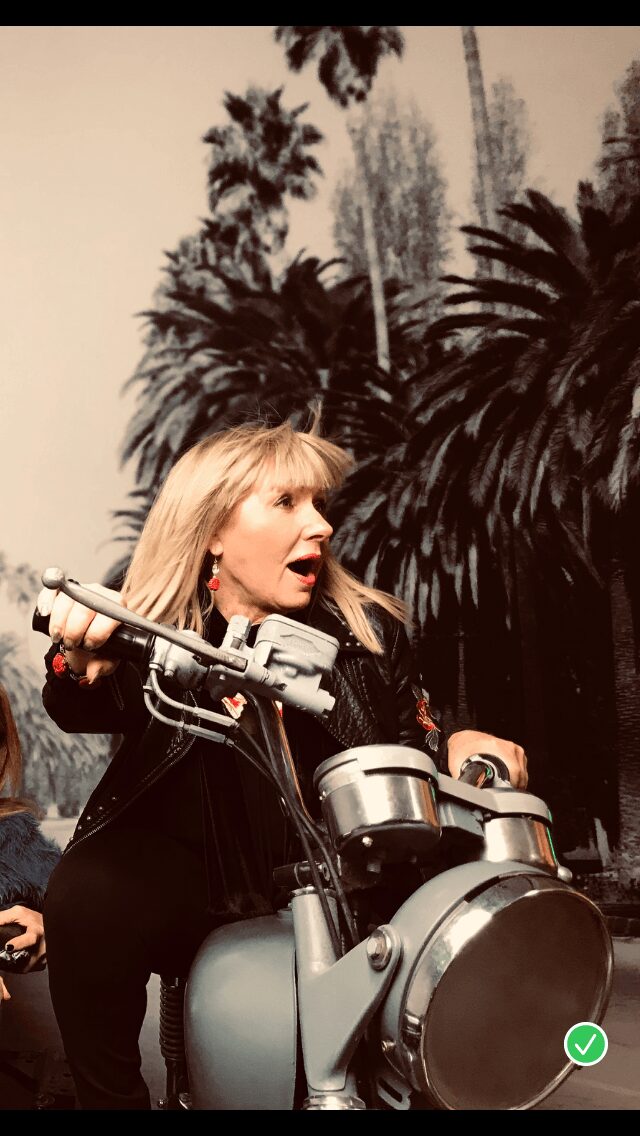
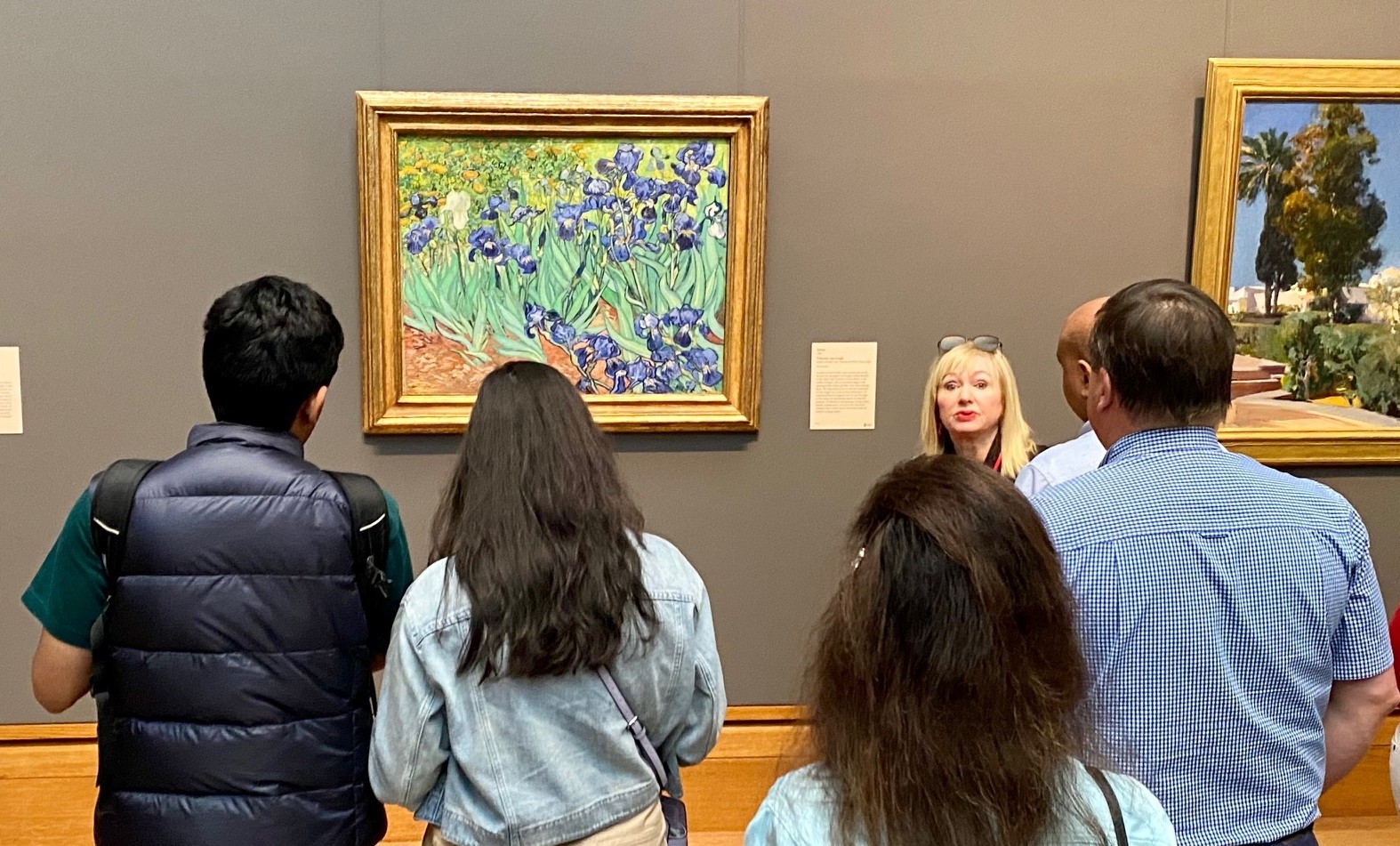
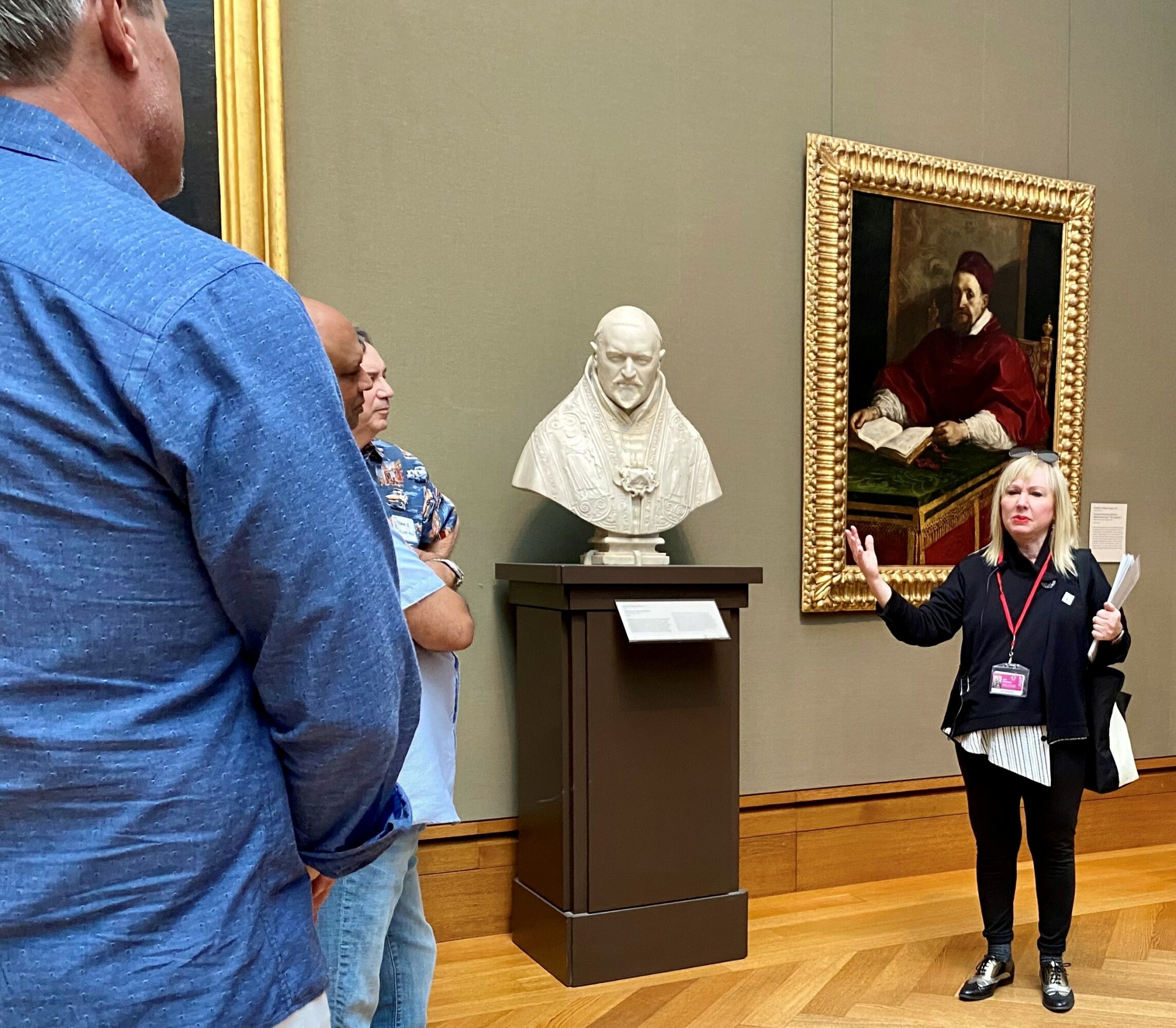
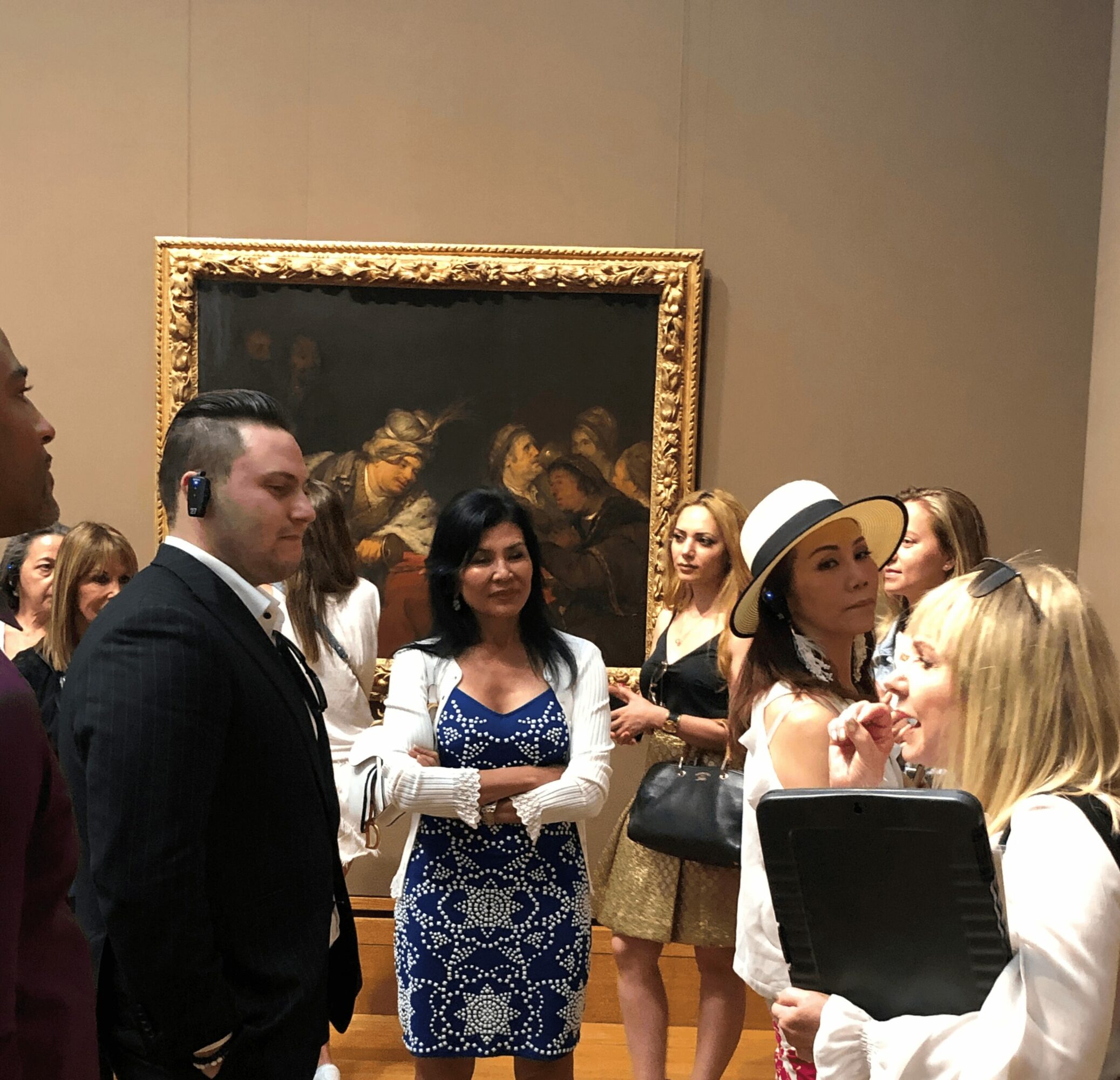
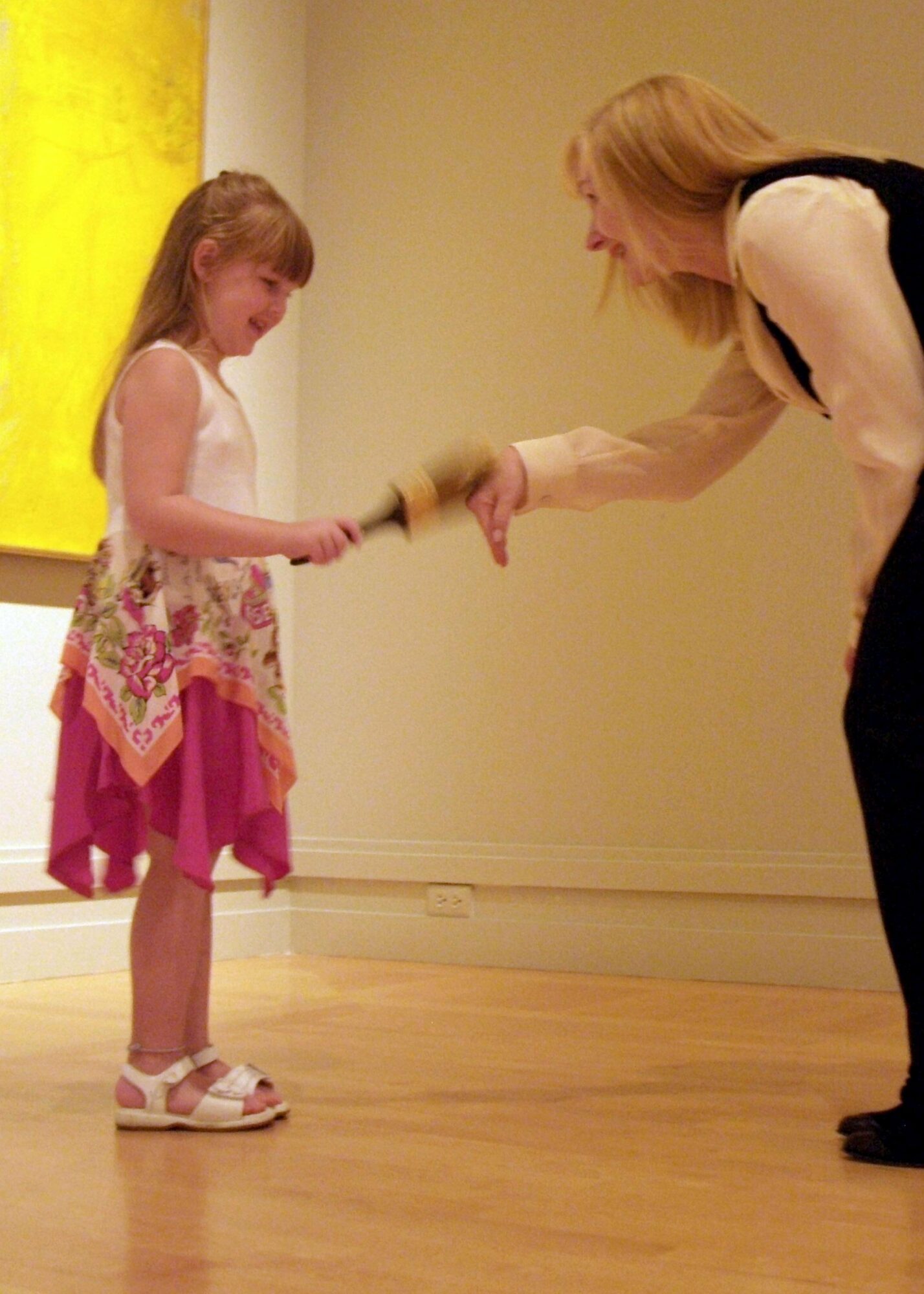
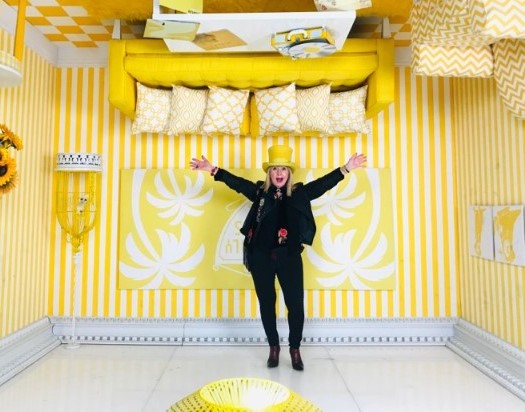
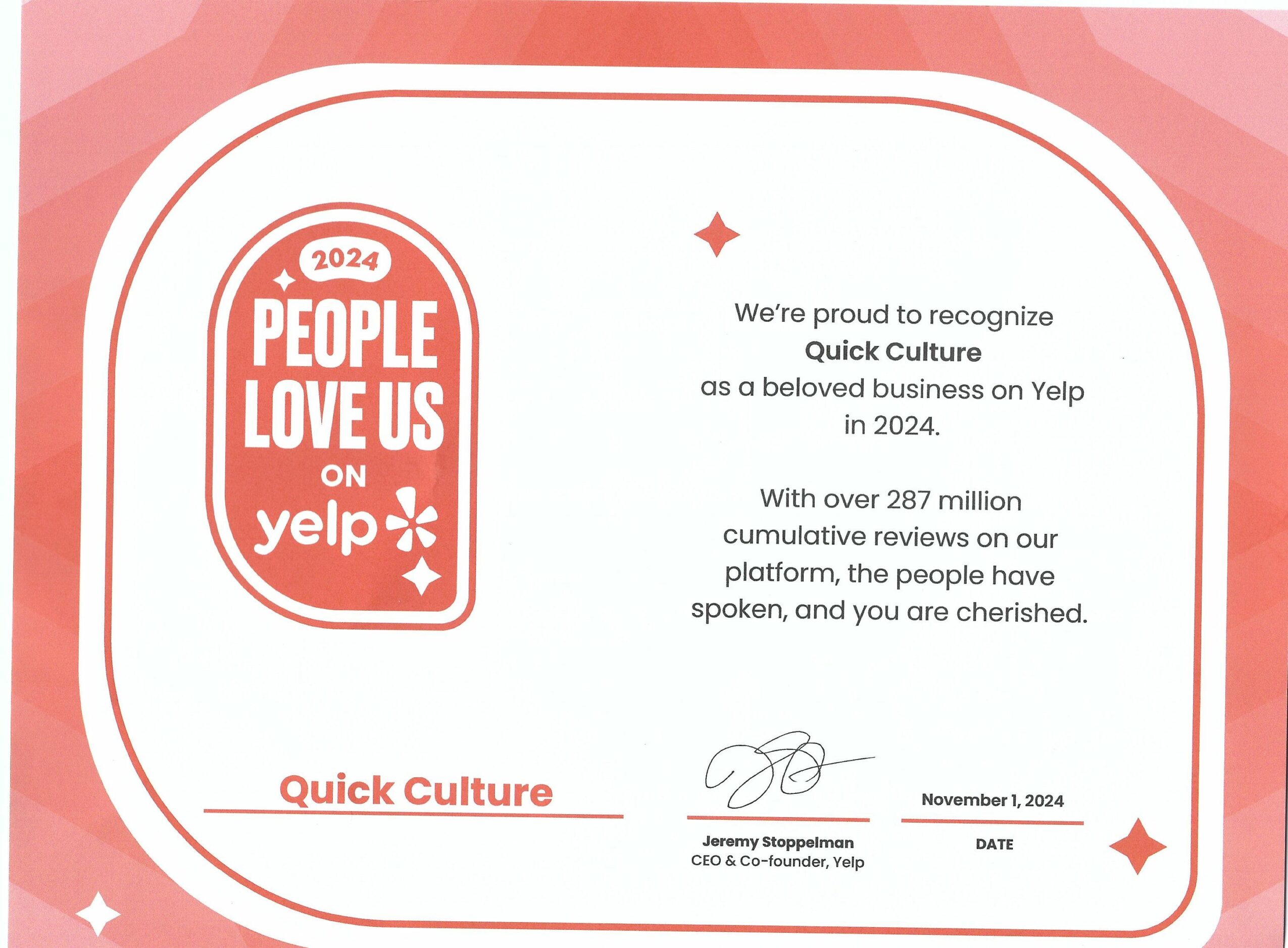
Image Credits
None














